A Pot
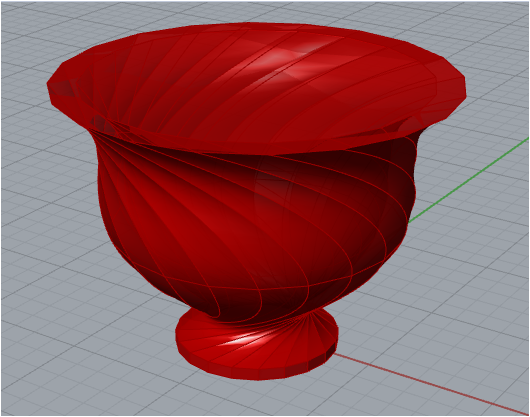
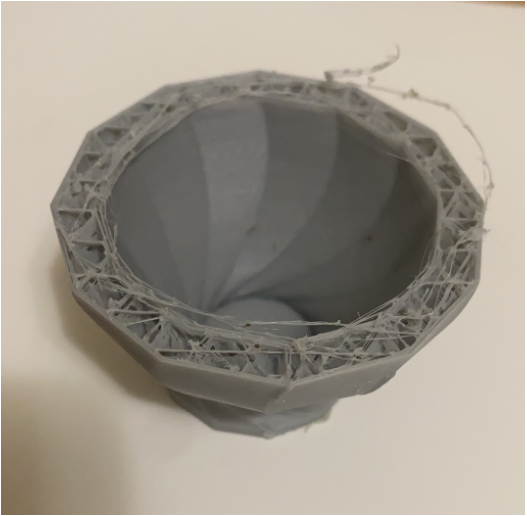

The most-left picture shows my first design, a pot. In this design, I did not make it too complicated and treated it as a first exploration of the 3D printer. In order to mimic the real pot, I increased the radius of each layer from bottom to top. However, the first attempt was unsuccessful because the filement was stuck, as shown in the middle picture. After fixing this issue, the pot was printed as expected, as shown in the right-most image.
Porcelain
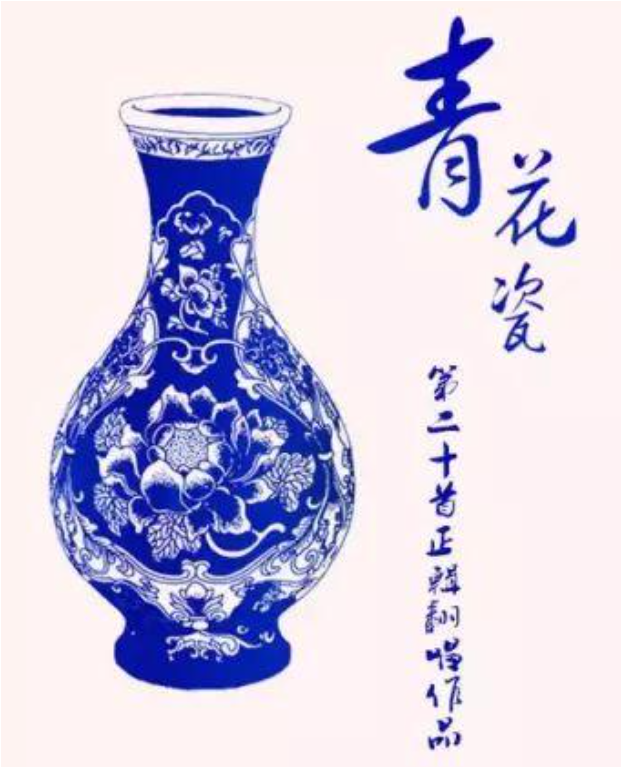
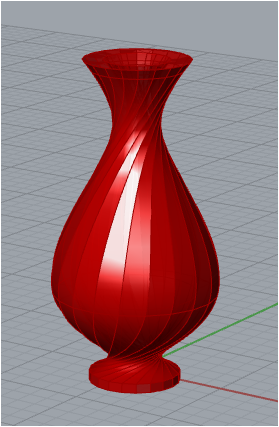

On the left is a picture of a porcelain vase. Porcelain, or QingHua, is the most famous Chinese porcelain. The underglaze ceramic, decorated with blue pigment, has been produced for over a thousand years. When I was considering what to design, QingHua was the first thing that came to mind. My hope is that I can replicate its beauty and subtly using a 3D printer.
“Dancing girl”

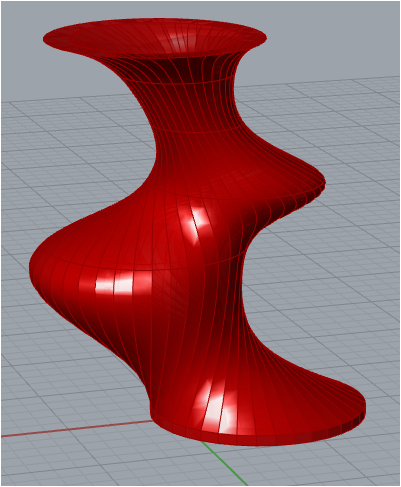
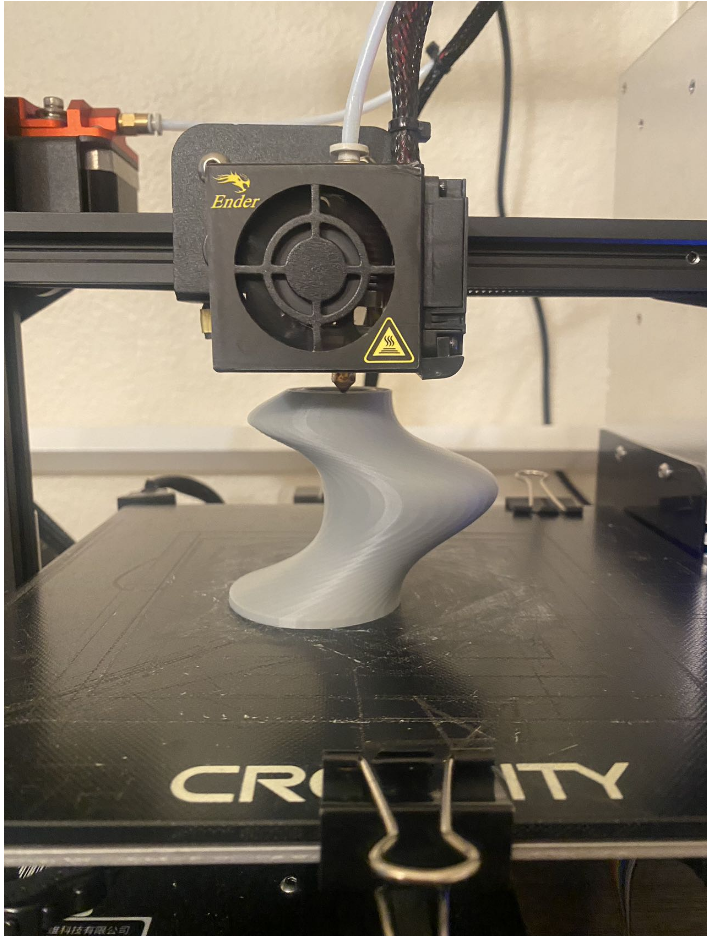
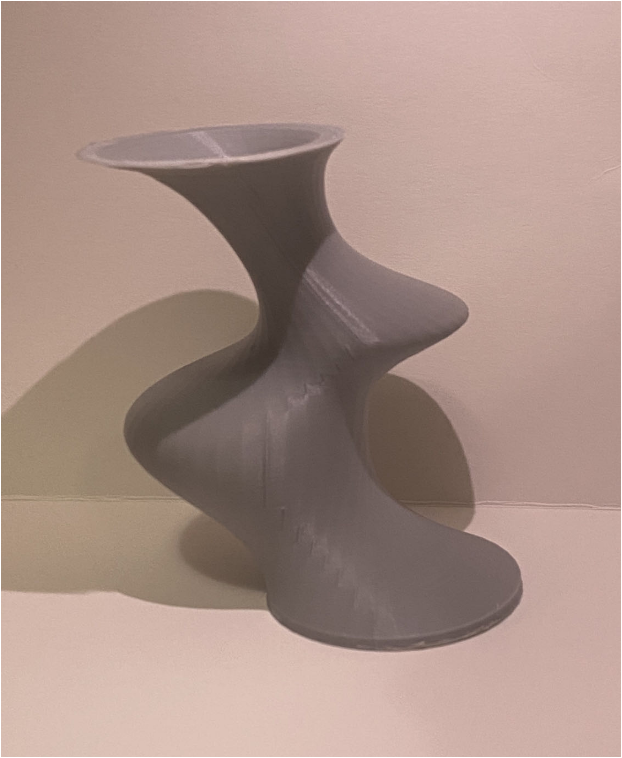
I named this design “dancing girl” in order to mimic the Dai Dance, which is a popular dance in the Dai Minority area of China. Dai dance is characterized by girls’ knees being flexible in response to changes in their sentiments. As we can see, there is a beautiful curve between the legs and the waist, and between the waist and the head. I adjusted the center of each layer so that they were placed along different vertical axes in order to mimic the dancing girl. Additionally, the waist and head of the dancer are smaller than the rest of the body in order to enhance its aesthetic appeal.
The Grasshopper codes are avaliable here.
- A major advantage of 3D printing is the ability to design vessels in a more flexible manner. Traditional designs are typically made using subtractive manufacturing techniques, such as lathe-turning, thread-cutting, gear-cutting, etc. They begin by using a common model and then proceed to metal cutting. Therefore, the model is very expensive and produces the same products. It is necessary to produce a model before creating a new design. However, 3D printing is a form of additive manufacturing. A product is manufactured using 3D printing by adding successive layers from the ground up. Models are created simply by programming, which is a time-efficient and low-cost approach, allowing people to create more designs at a lower cost.
- I prefer products with a simple and aerodynamic design, such as porcelain. Due to this, I avoid adding very complex structures or sharp angles in my process. To implement this idea, I coded and changed the parameters of three real products. In relation to the three designs, I cannot claim authorship credit for the first two designs. It was just a replication of some existing items. For the last design, however, since it is based on the “Dai dancing girls”, I believe it is entirely my own creation.
- Both processes feel the same to me as far as authorship is concerned. Since the objective remains the same: to capture a feeling and to materialize it so that others can experience the same emotion. Perhaps the only difference is the method by which you accomplish it.
I loved how you changed the center of gravity of the shapes at different points. I especially liked the dancing girl piece.
Thank you, Raneem! In addition, your designs are very attractive. It would be wonderful if you would be able to print them successfully next time so that we may see all your beautiful artwork!
Hello Jingbo, I like your perspective on this 3d printing process perhaps being more accessible to more people compared to the subtractive techniques of other vessel-making processes. I agree that it can be less of a arduous physical process, while still holding creative value. I love that you were inspired by pieces you have personal connections to as well. I think you did a fantastic job capturing the form of the QingHua and I’m glad to have learned a little more about those pieces. The form of the dancing girl is stunning!
Thank you, Lauren! I also really love that “QingHua“~ Let me try to paint it~